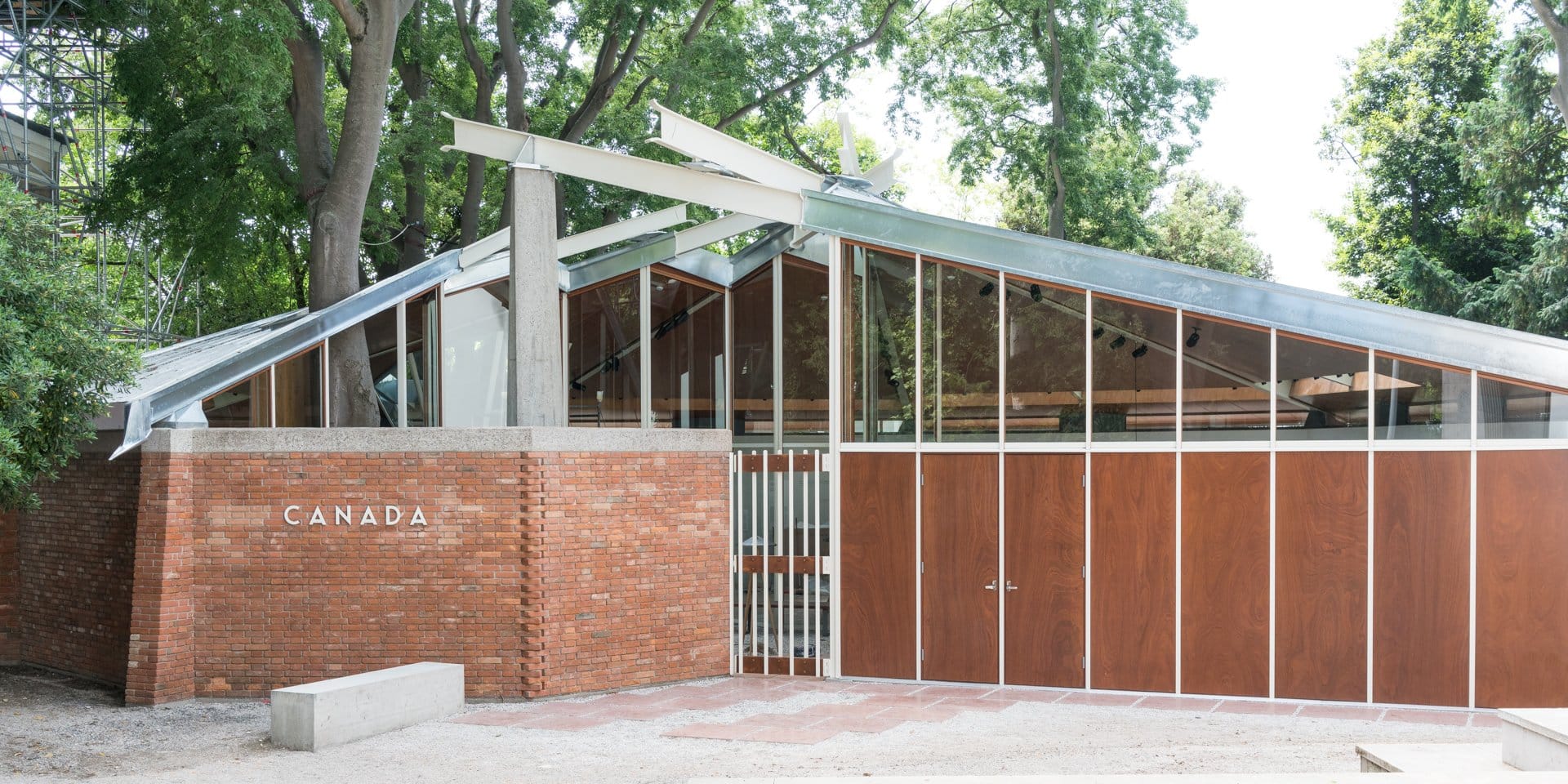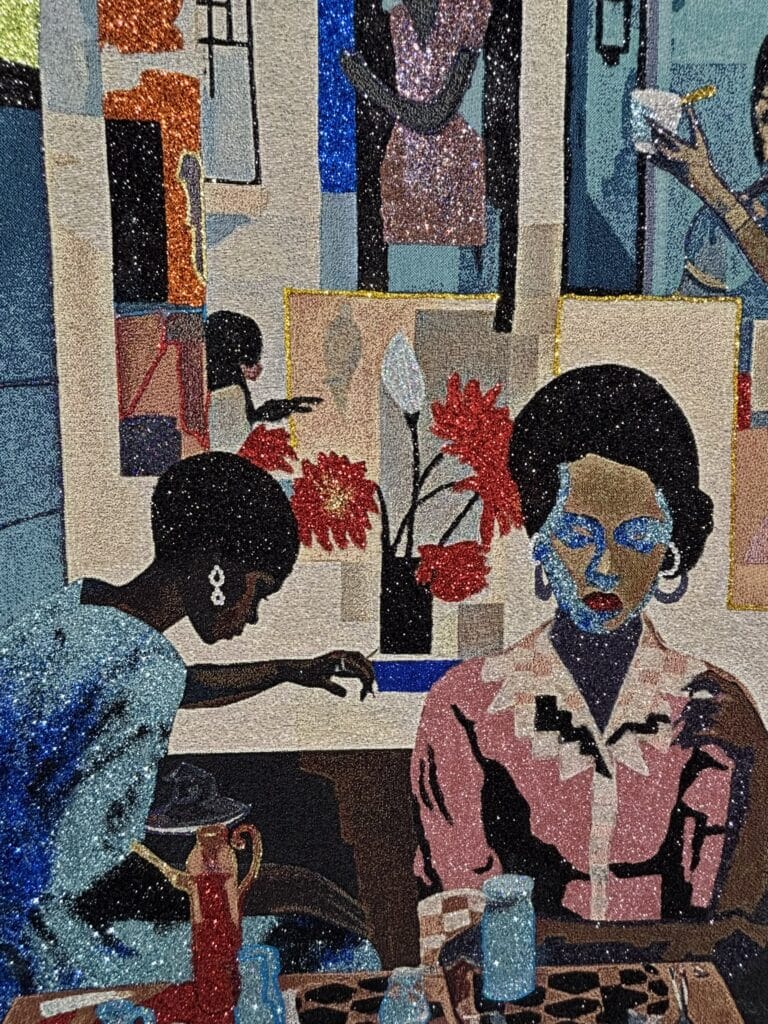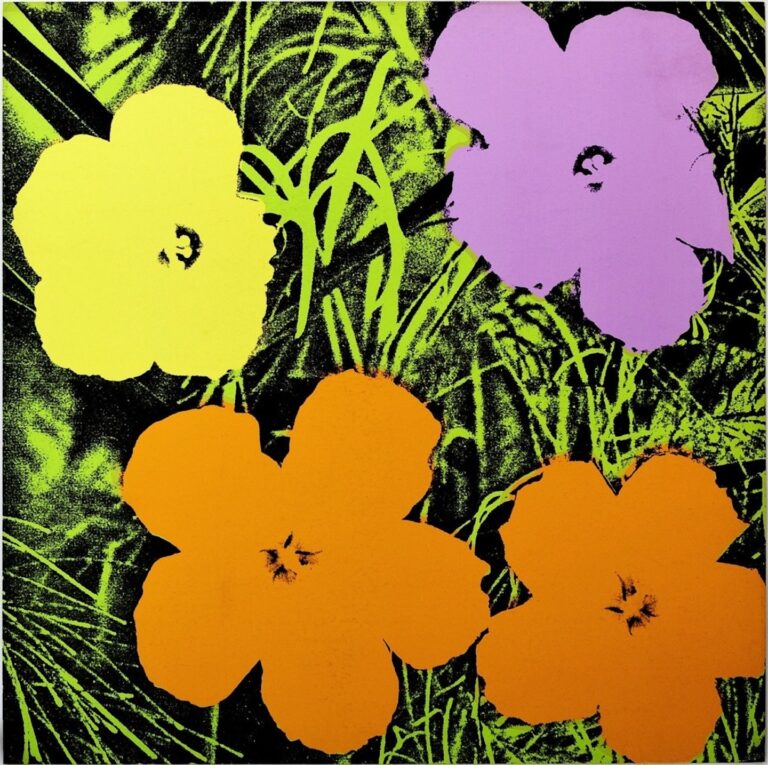Every other year, the Venice Biennale sets the art world abuzz, as it has since the inaugural event in 1895. Created to fulfill a city leader’s dream of an international exhibition of great art in Italy, the festival proved a resounding success from the very beginning. Today, each Biennale runs for six months, from May to November, during which time visitors flock from across the globe, with attendance exceeding half a million fascinated art admirers.
Known for its provocative and avant-garde display of contemporary art, the Biennale—which alternates between art and architecture year to year—is “renowned for setting new global trends and launching the international careers of many pioneering artists and architects.”
Contemplating the concept of “Foreigners Everywhere”
The 2024 Venice Biennale, the 60th International Art Exhibition, is entitled “Straieri Ovunque – Foreigners Everywhere.” The title was inspired by the work of French conceptual feminist artist Clair Fontaine, whose neon sculptures depict the phrase—which was originally popularized by an Italian anti-racism and anti-xenophobia collective of the early 2000s—in many different languages.
The curator of this year’s Biennale, Adriano Pedrosa, explains the title in the following way:
“The expression Stranieri Ovunque has several meanings. First of all, that wherever you go and wherever you are you will always encounter foreigners— they/we are everywhere. Secondly, that no matter where you find yourself, you are always truly, and deep down inside, a foreigner.”
The terms “foreigner” and “stranger” (the direct translation of stranieri) have raised the question by some critics of Indigenous erasure because they appear to dismiss the idea that anyone might be native rather than foreign to their homeland. Despite this, Indigenous artists are a feature of the event’s nucleo contemporaneo or “contemporary core”, alongside “the queer artist…the outsider artist…and the folk artist.”
Indigenous artistic achievement, in particular, is highlighted in the Central Pavillion, which features a mural painted by Brazil’s Mahku collective. A large-scale installation by the Aotearoa/New Zealand Maataho collective can be found in another prominent exhibition space.
Some critics are also questioning the juxtaposition of an event promoting the worldwide celebration and inclusivity of art in a city that is known for its exclusivity in the form of high prices and recently instated a “tourism tax” that deters visitors less likely to spend large sums of money.
The globalization of art and the impact of tourism in Venice
The title of this year’s Biennale can also be read as underlining the respect we all owe to our host land—the planet Earth—and the Biennale aims to acknowledge this by further extending its carbon neutrality, a certification first obtained for the 2021 event. This year’s initiatives include using renewable energy sources, reusing exhibition materials, and prioritizing zero-kilometre food products.
While the Biennale’s sustainability goals are laudable, the environmental impact of the globalization of art and tourism remains an important consideration during international events such as these.
Certainly, the genuine engagement of so many generations in the art, culture, and history of “foreign” places is an important and positive result of the expanding draw of exhibitions like the Biennale. Especially in light of recent natural and manmade disasters, more people are seizing the opportunity to experience the legacy of cultural centres around the world while they can.
This growing interest, however, can transform these famous locales into packed spaces where thousands of bodies obscure the very beauty and solitude for which they once were known. This layer of spectacle added to international travel also contributes to a heavy environmental footprint that should not be overlooked.
Canada at the Venice Biennale
Canada selected Hamilton-raised Kapwani Kiwanga to represent the country in their designated pavilion. Kiwanga’s work is shown in a small glass-ringed building that crouches beside the Venice lagoon. The room has been draped in cobalt-blue beads visible from outside the space, welcoming visitors to “Trinket,” an installation that explores the history and impact of the bead trade from Venice—the beads were produced on Murano, a nearby island—to the rest of the world, beginning in the 16th century. Used for bartering and as currency, the artist explains, “these little, tiny, miniscule units of glass shaped our modern and postmodern world.”
ArtRow has a further personal connection to the 2024 Biennale. Emily Young, whose work we are proud to showcase in our marketplace, is also featured at the 2024 Biennale. “Platform Earth” displays six of the artist’s stone pieces, including the one-metre-tall pyroclastic stone carving, Lost Mountain Head I.



